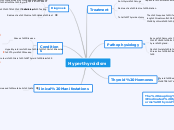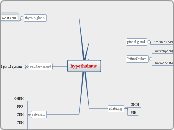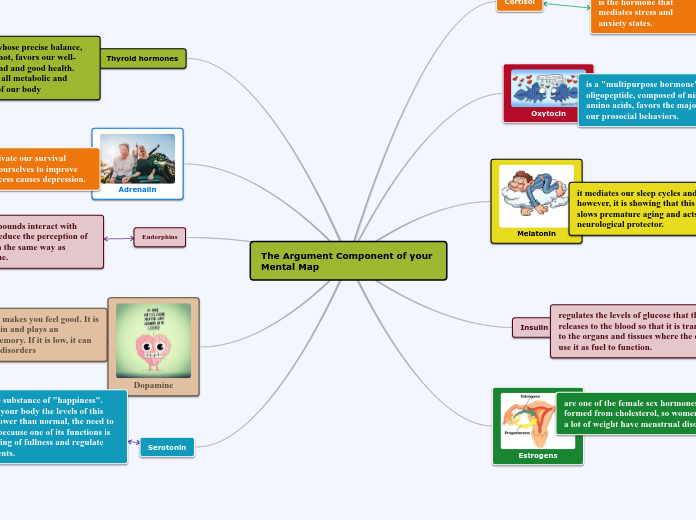The coupling of
iodinated tyrosine
forms thyroid hormones
Smoking Cessation!
References
References:
Brashers, V. L., Jones, R. E., & Huether, S. E. (2018). Alterations in Hormonal Regulation. In K. L. McCance, & S. E. Huether, Pathophysiology. The Biological Basis for Disease in Adults and Children (pp. 669-712). St. Louis: Elsevier.
Ertek, S., & Cicero, A. F. (2013). Hyperthyroidism and cardiovascular complications: a narrative review on the basis of pathophysiology. Archives of Medical Science, 9, 944-952.
Jones and Bartlett Learning. (2018). 2018 Nurse's Drug Handbook. Burlington: Jones and Bartlett Learning.
Mayo Clinic. (2018). Hyperthyroidism. Retrieved from Patient Care and Health Information: https://www.mayoclinic.org/diseases-conditions/hyperthyroidism/diagnosis-treatment/drc-20373665
Petrulea, M., Muresan, A., & Duncea, I. (2012). Oxidative Stress and Antioxidant Status in Hypo- and Hyperthyroidism. Antioxidant Enzyme. Retrieved from https://www.intechopen.com/books/antioxidant-enzyme/oxidative-stress-and-antioxidant-status-in-hypo-and-hyperthyroidism
Hyperthyroidism
Clinical Manifestations
Increased metabolic rate
The strong inotropic activity of thyroid hormones is probably due to an increased number of β-adrenergic receptors(Ertek & Cicero, 2013).
Diarrhea
Weight loss
Heat intolerance
Tachycardia
Since the first descriptions of hyperthyroidism and thyrotoxicosis, the cardiovascular symptoms have been alarming signs for the physician in the clinical presentation of the patient. Palpitations, exercise intolerance, dyspnea, angina-like chest pain, peripheral edema and congestive heart failure are common symptoms of hyperthyroidism (Ertek and Cicero, 2013).
Conditions
Thyrotoxic Crisis (Thyroid Storm)
Hyperthyroidism due to
Nodular Thyroid Disease
Graves Disease
Specific manifestations of
Graves Disease
TSI's contribute to the two major distinguishing manifestations of Graves disease: ophthalmopathy and dermopathy. Exophthalmos (protrusion of the eyeball) is caused by an increased secretion of hyaluronic acid, adipogenesis, inflammation, and edema of the orbital contents (Brashers, Jones, & Huether, 2018).
Pretibial Myxedema
Exophthalmos
Diagnosis
Radioactive Iodine Uptake test
For this test, you take a small, oral dose of radioactive iodine. Over time, the iodine collects in your thyroid gland because your thyroid uses iodine to manufacture hormones. You'll be checked after two, six or 24 hours — and sometimes after all three time periods — to determine how much iodine your thyroid gland has absorbed.
A high uptake of radioiodine indicates your thyroid gland is producing too much thyroxine. The most likely cause is either Graves' disease or hyperfunctioning nodules (Mayo Clinic, 2018).
Laboratory Testing
T3, T4, TSH level
Physical Exam
Warmth, tenderness, nodules
noted at the thyroid
Thyroid Hormones
Thyroid hormones affect cell metabolism by altering protein, fat, and glucose metabolism and, as a result, heat production and oxygen consumption are increased.
(Brashers, Jones, & Huether, 2018)
Thyroid Response Elements
(TRE's)
Thyroid hormones work on many Thyroid Response Elements (areas that affect the transcription of DNA within the cells), including
alpha myosin heavy chain fusion (MHC-α)
sarcoplasmic reticulum calcium-activated ATPase (SERCA)
cellular membrane Na-K pump (Na-K ATPase)
β1 adrenergic receptor
cardiac troponin I
atrial natriuretic peptide (ANP)
(Ertek & Cicero, 2013)
Thyroid Stimulating Hormone (TSH)
Glycoprotein hormone that is synthesized and stored in the anterior pituitary gland. The primary effects of TSH include:
- An immediate increase in the release of stored Thyroid hormone (TH)
- An increase in the iodine uptake and oxidation
- An increase in thyroid hormone synthesis
- An increase in the synthesis and secretion of prostaglandins by the thyroid
(Brashers, Jones, & Huether, 2018)
Thyroxine (T4)
Thyroxine (T4) is formed by coupling two diiodotyrosines.
(Brashers, Jones, & Huether, 2018)
Triiodothyronine (T3)
Triiodothyronine (T3) is formed from coupling monoiodotyrosine (one iodine atom and tyrosine) and diiodotyrosine (two iodine atoms and tyrosine).
(Brashers, Jones, & Huether, 2018)
Pathophysiology
Thyrotoxicosis is a condition that results from any cause of increased amounts of thyroid hormone (TH) levels. Hyperthyroidism is a form of thyrotoxicosis in which excess amounts of TH are secreted from the thyroid gland. (Brasher, Jones, and Huether, 2018).
The thyroid contributes to the body’s energy output by regulation of cardiac rate and output, lipid catabolism, heat production, and skeletal growth, which explains the wide range of symptoms related to thyroid abnormalities(Petrulea, Muresan, & Duncea, 2012).
Can relate to oxidative stress and reactive
oxygen species (ROS)
A major threat to homeostasis and therefore to the integrity of aerobic organisms arises from chemical species possessing one or more unpaired electrons in their outer orbital, called free radicals.(Petrulea, Muresan, & Duncea, 2012).
Excess amounts of thyroid hormone (TH)
secreted from the Thyroid gland.
TSI's
Antibodies known as Thyroid-Stimulating
Immuloglobulins
TSI's override the normal negative feedback mechanism. The TSI stimulation of the TSH receptors in the thyroid gland results in hyperplasia of the gland, known as a goiter (Brashers, Jones, & Huether, 2018).
Treatment
Total Thyroidectomy
Then requires life-long treatment
with levothyroxine (Synthroid) r/t hypothyroidism
Radioactive Iodine Ablation
Anti-thyroid drugs
Tapazole
(Methimazole)
Directly interferes with thyroid hormone synthesis in the thyroid gland by inhibiting iodide incorporation into thyroglobulin. Iodination of thyroglobulin is an important step in synthesizing the thyroid hormones thyroxine (T4) and triiodothyronine (T3). Eventually, thyroglobulin is depleted and the circulating thyroid hormone level drops (Jones and Bartlett Learning, 2018).









